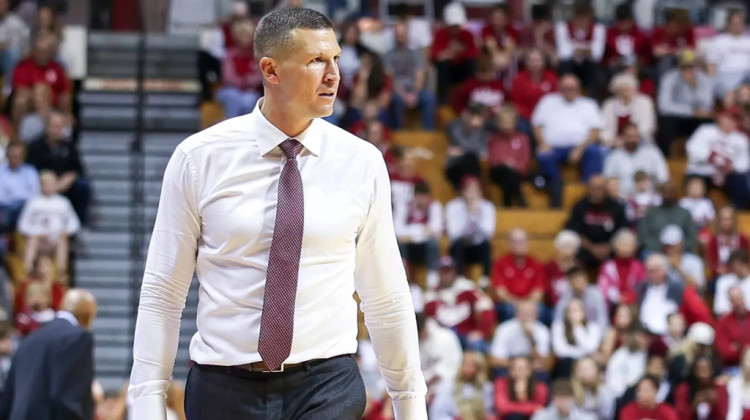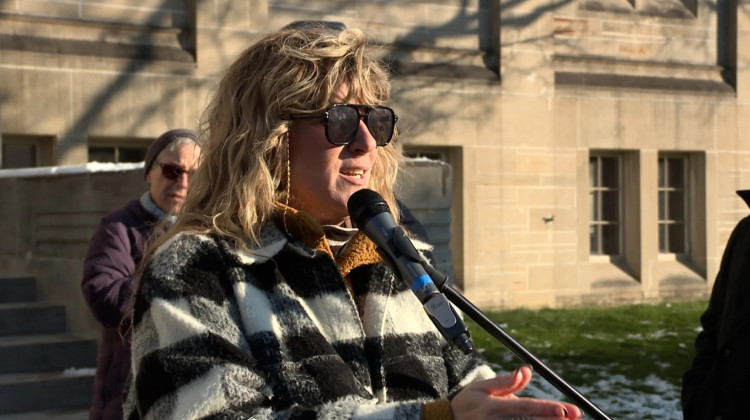
Like rural districts across Indiana, dropping enrollment in Argos Community Schools means less money for the district. As officials look toward the future, they're nervous about what comes next.
Peter Balonon-Rosen/IPB NewsIndiana has the eighth highest population of rural students in the country. One in four public school students in the state attend a rural school.
The Rural School and Community Trust issues a report each year to outline various issues rural schools across the country face. A major takeaway about Indiana is the amount the state funds rural school districts.
According to the report, half of the nation’s rural students are located in just 10 states, including Indiana. But Indiana is one of the few states with disproportionate funding for rural schools.
The data used in the report is from the 2015-2016 school year, when the state allocated around $5,000 per student.
“That’s relatively low,” says Alan Richard, the Rural School and Community Trust’s board chairman. “Some state’s spend upwards of $10,000 per student and they get great results, frankly.”
This is because the state legislature voted in 2015 to nearly equalize school funding across the state. So rather than giving more money to a school district with more needs, all schools now get a very similar amount.
We’ve reported on how lack of funding is hurting the technology efforts of rural districts across the state as well as how some districts are struggling as their funding streams dwindle.
The report also found Indiana has one of the highest rates of students with individualized education plans, which means they need some degree of accommodation in the classroom.
Indiana’s rural students do have a high graduation rate compared to other states, and performed well on national standardized tests.
 DONATE
DONATE







 Support WFYI. We can't do it without you.
Support WFYI. We can't do it without you.